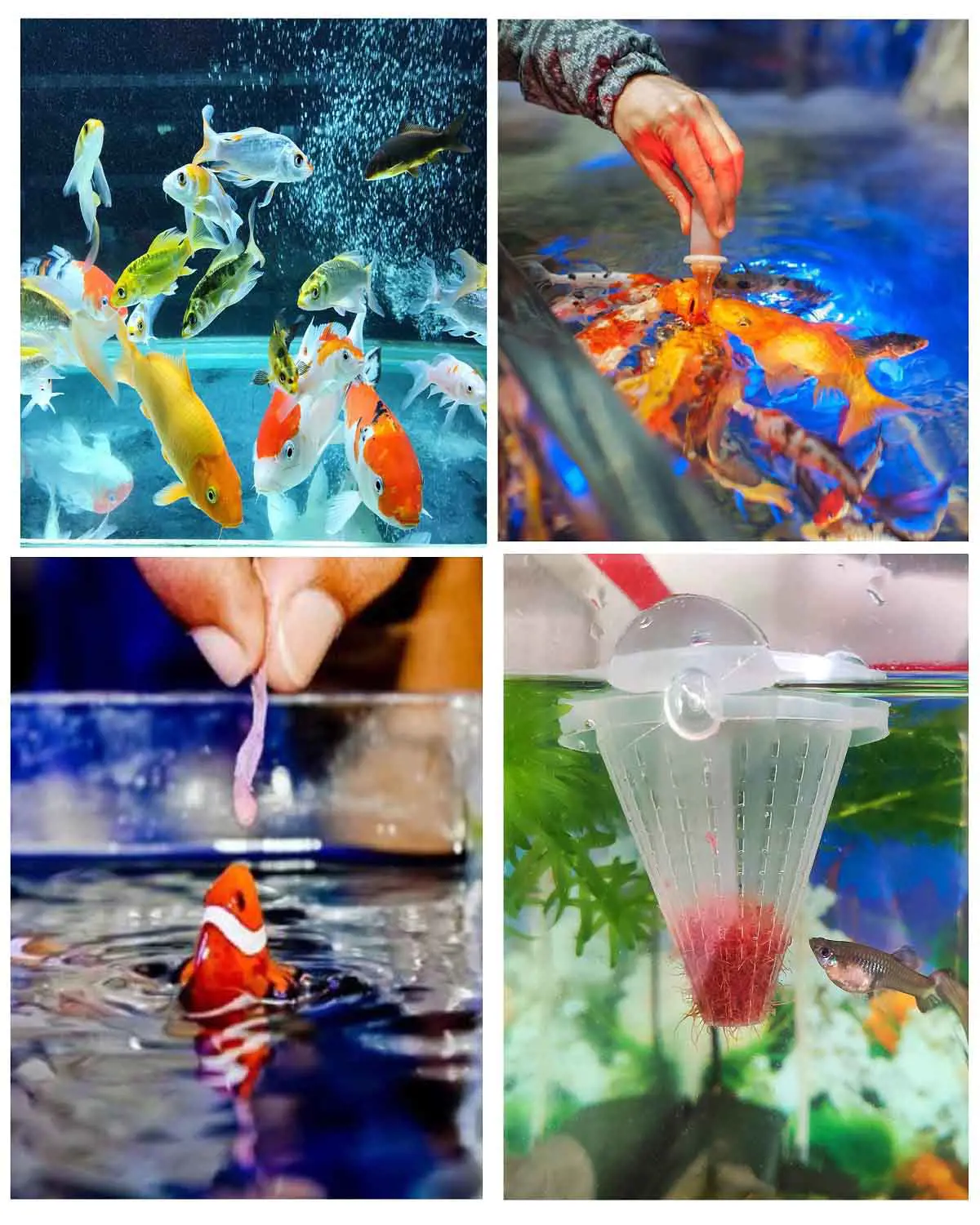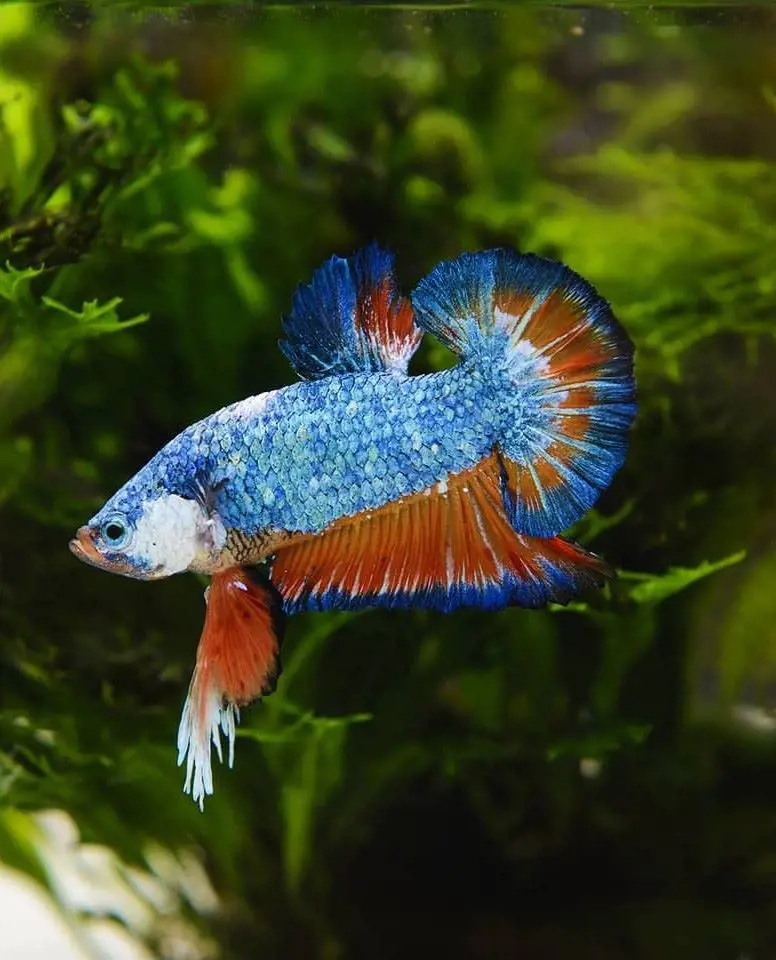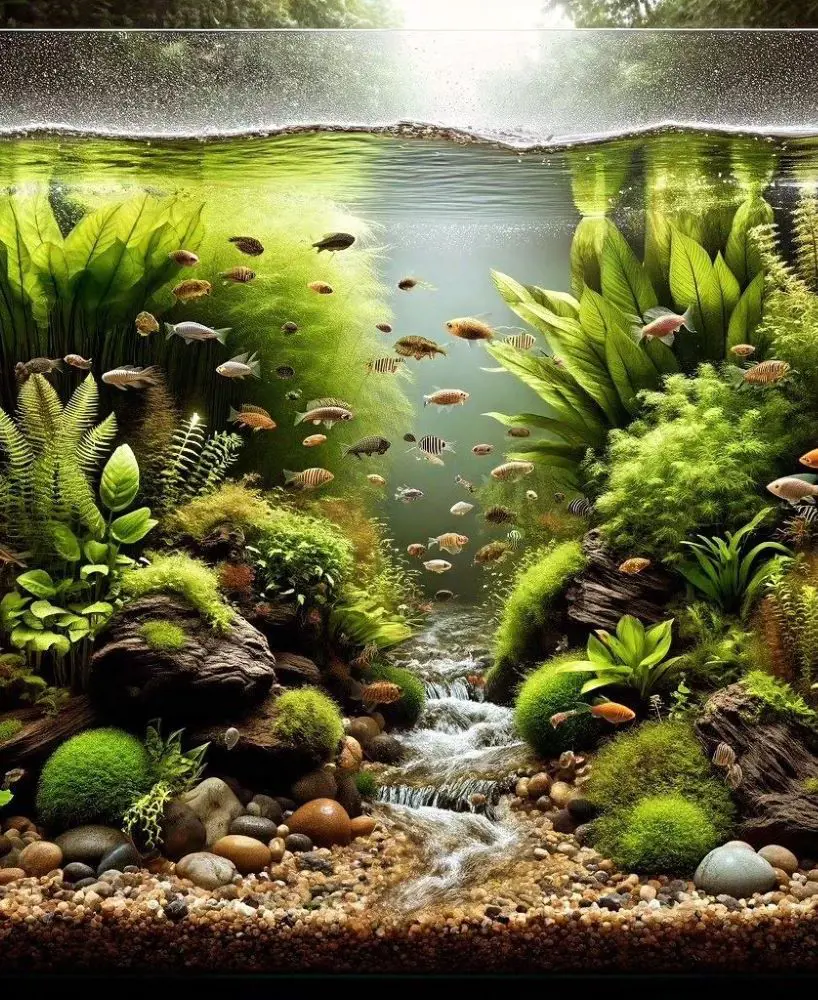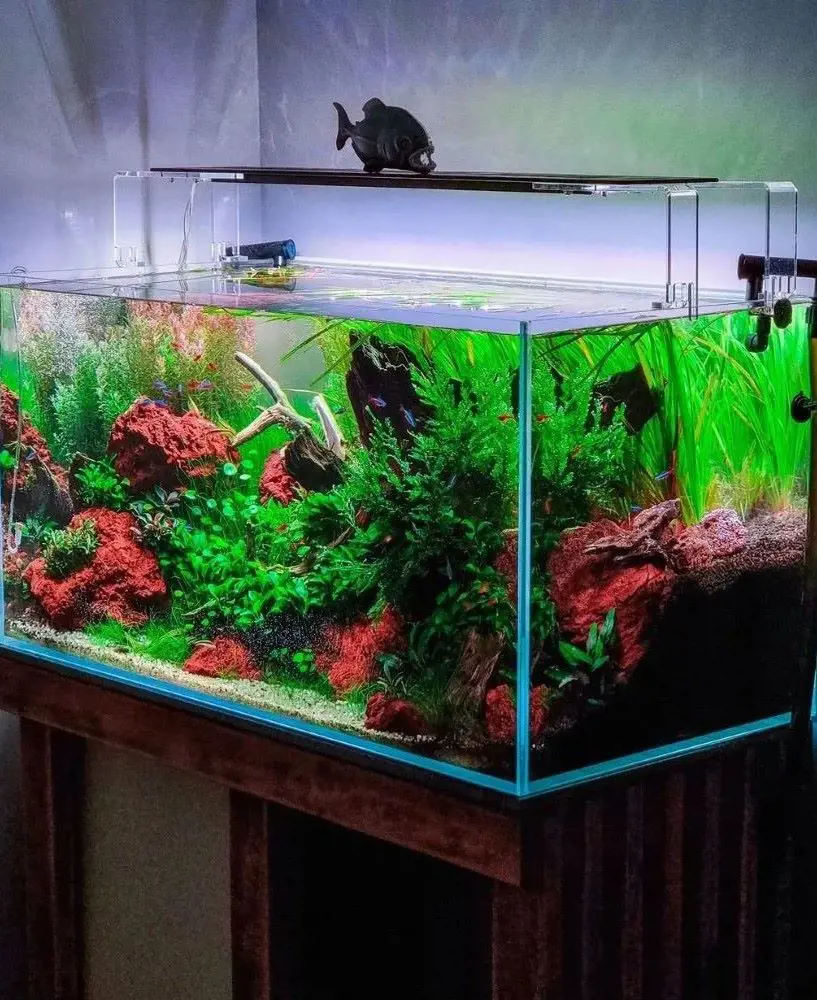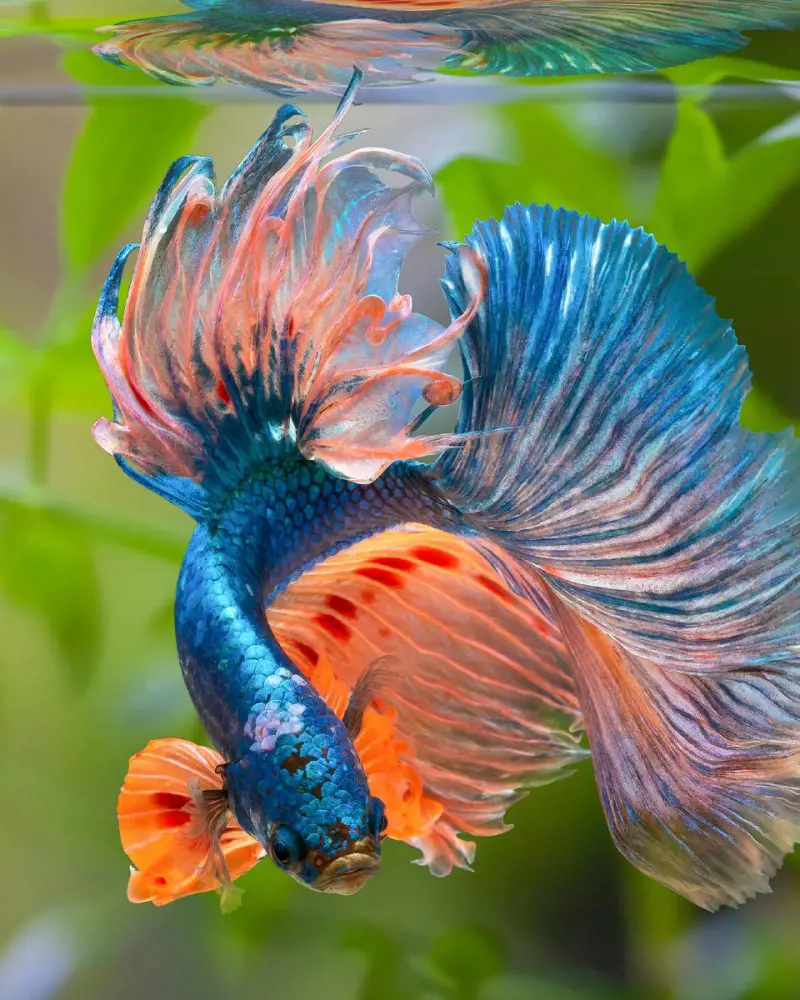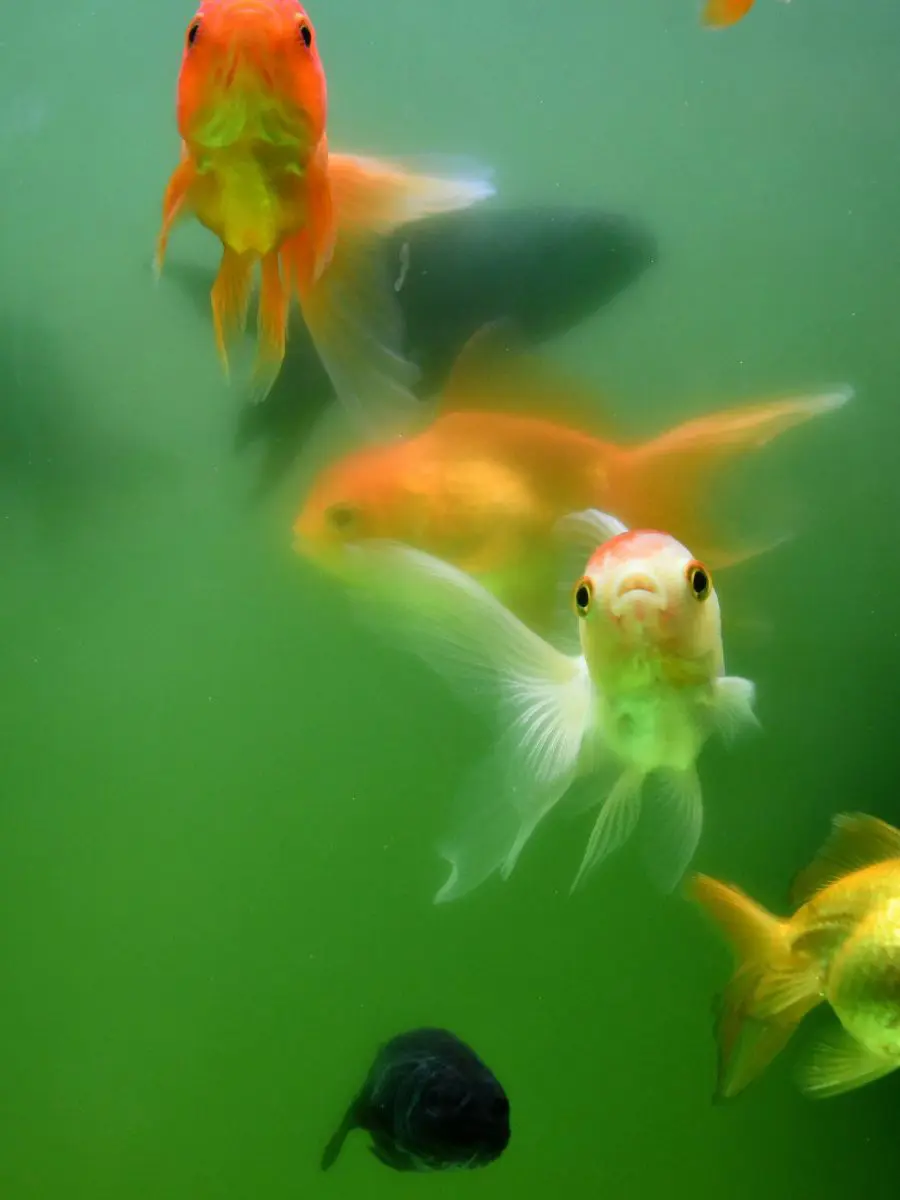Freshwater Crab Care Guide And Tank Mates

Freshwater crabs are captivating creatures that bring a unique flair to any home aquarium. Unlike their marine counterparts, these crabs thrive in freshwater environments, making them an appealing choice for aquarists looking to diversify their tank’s inhabitants.
Before even setting up your tank, make sure to research the natural habitat, diet, and behavior of the species you want. Understanding the details will ensure an environment promoting optimal crab life.
Diet and Feeding

The key to keeping freshwater crabs healthy is a balanced diet that provides the nutrients they need for growth and shell maintenance. Avoid overfeeding as this will start to cause issues with water quality and can become unhealthy for your crabs.
Feeding Requirements
Freshwater crabs are omnivorous and need a varied diet aimed at animal and veggie issues and they feed on algae, detritus, and even small animals in the wild. To mimic the aquarium, the diet should consist of sinking crab pellets as a staple with occasional teats between blanched vegetables (spinach, zucchini, and peas) and some animal proteins like bloodworm or brine shrimp.
Calcium Supplementation
Calcium is required to keep the exoskeleton strong and is very important during molting. Cuttlebones, crushed eggshells, or calcium supplements can be fed to your crabs. Check their shells for brittleness or wear and tear, which can be signs of calcium deficiency.
Avoid Overfeeding
If you overfeed, the excess uneaten food can also cause poor water quality and health problems in your crabs. Give them small amounts of food at mealtime once or twice a day, and remove uneaten food after four hours. Always remove any uneaten food to help ensure it does not decompose or affect water values.
Freshwater Crab Tank Setup Idea

It is important to take caution in the process of making the tank set up for the crab. Here is the guide for the proper settlement of an aquarium for the crab.
Water Parameters and Tank Size
If you want to keep a freshwater crab, it can only be in a given aquarium that is healthy and has stable water parameters. Monitors and adjustments are in place to ensure these conditions remain ideal for your crabs.
Tank Size
Small groups of freshwater crabs are best kept in a tank of at least 10 gallons. Territorial species and larger groups will need more space for retreating and hiding spots. A larger tank means water chemistry will remain more stable and less likely for crabs to overcrowd, a situation that stresses out and brings on aggression in hermits.
Water Temperature
Crabs like to live within the temperature range of 22-28°C(72°F–82°F). Temperature changes that are out of their control may cause undue stress and health problems. A trustworthy heater and thermometer will ensure the temperature does not fluctuate too much, maintaining it within the appropriate sweet spot.
pH Level:
You want to shoot for between 7.5 and 8.5 pH to replicate the natural water conditions of your average freshwater crabs in nature. Testing the water regularly will help you monitor this level because poor levels can cause many health issues.
Substrate and Décor
Freshwater crabs should be kept in a fine-sandy or small gravel substrate allowing them to bury themselves. Crabs love to explore and feel safe so make sure that there are lots of hiding places with rocks, driftwood, or caves.
Live plants like Java Fern, Anubias, or floating players add more shelter and maintain water quality.
Lighting
They don't need bright lighting, moderation is all that's required. That said, make sure you give the tank a day/night cycle that replicates their natural world. Having excessive light will only properly lead to the growth of algae and no one wants that.
Land and Water Access
Several freshwater crabs (eg: fiddler crab) differ in dimension and percentage of land-to-water availability. Take a sloping or rocky exit route from the water for them to clamber into and lounge on, or even add a floating platform. Keep the land area humid, as crabs may dry quickly.
Behaviors of Freshwater Crabs
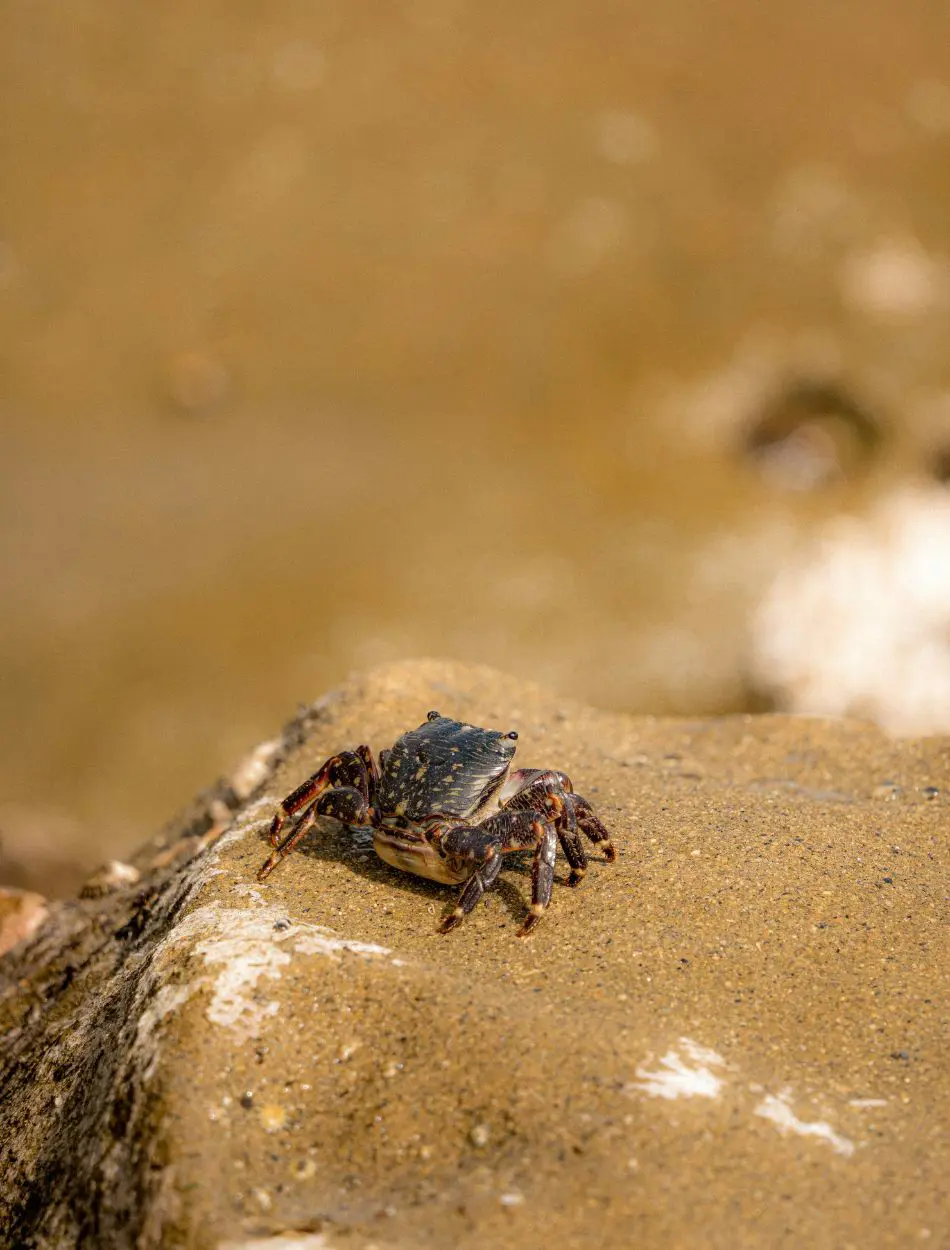
You must know the behavior of your freshwater crab to improve care; just that. Here’s a brief overview:
Territorial Behavior
- Territoriality: Some freshwater crabs, especially males, may be territorial and can become aggressive if space is limited. Quarrelsome tendencies can be minimized by keeping them in a large tank with several hiding spots.
- Aggressive: Crab's dominant display of claw waves and lunges. Keep a watch on these behaviors and save your crab from serious injury in a well-organized environment.
Molting Process
- Molting: Crabs shed their exoskeleton to reveal a new one during the molting process, leaving them in a very vulnerable state. As a result, they might act aloof and lazy. Make sure they have safe places to hide and a calcium-rich environment for shell development.
- Crawling into a hole: When it molts, it wants to hide and not be exposed to the open sand because that can cause him stress; at this moment it is very weak, and easy prey for its predators. less stress gives the best molt.
Climbing and Digging
- Climbing: Since crabs have claws for a reason, they will try to escape from an unsecured enclosure. Close the tank tightly to prevent escape.
- Burrowing: They like to burrow into the substrate. The sand or gravel you use for substrates should be laid deeper to allow natural digging behaviors and relieve stress.
Feeding and Foraging
They are looking for crab food in the tank. Provide a mixed diet and make sure that the food is as accessible to allow for some of their natural behaviors, such as walking around in search of nice things to eat. Still, you have to be cautious of overfeeding and water quality.
Interaction with Tank Mates
- Social Behavior: Crabs are likely to be hostile and territorial with any tankmates. Select a species and make sure there's enough space to avoid conflict.
- Watch these manners: Monitor the behavior of your fish for signs of stress or aggression, and make sure to change conditions in your tank according to need. Understanding these behaviors and making way for them will keep your freshwater crabs happy and healthy.
Breeding Freshwater Crabs

Raising freshwater crabs in captivity is no easy feat, but it's a labor of love all the way. Taken to the water along with other types of crabs (such as Red Claw Crab) the eggs are laid and where they spend some time before hatching into the crabs form. Give a breeding tank with exact elements such as low current and more hiding sites for spawning.
Breeding Challenges
- Environmental requirements: Freshwater crabs can be tricky to breed because they need a certain environment. Many species require brackish water or exacting breeding conditions.
- Species-Specific Needs: Look up the breeding behavior of your crab species to understand their specific requirements for parameters like salinity or temperature.
Breeding Setup
- Separate Breeding Tanks: Many hobbyists use a separate breeding tank to ensure the best environment and minimize stress on crabs' furry targets. This tank, however, should be fully equipped with the right water conditions as well as hiding spots for her.
- Hiding Spaces: Make sure the rocks in your breeding tank provide hiding places for crab species to lay eggs on (Potamonautidae are known area-spawners and if you disturb their chosen spot they will most likely eat all of it) also females can find shelter between the boulders.
Caring for Eggs and Larvae
- Egg Care: Females usually carry eggs on their abdomen. After they hatch, larvae may require things like specific water conditions and micro foods such as infusoria or baby brine shrimp.
- Juvenile Care: Specimens may be gradually moved to the main tank once they exceed prey item size requirements. Make sure they are getting the right habitat and necessary food for good growth.
Providing them with the right environment for your hermit crabs can help to ensure successful mating and continue raising healthy baby hermies.
Tank Mates for Freshwater Crabs
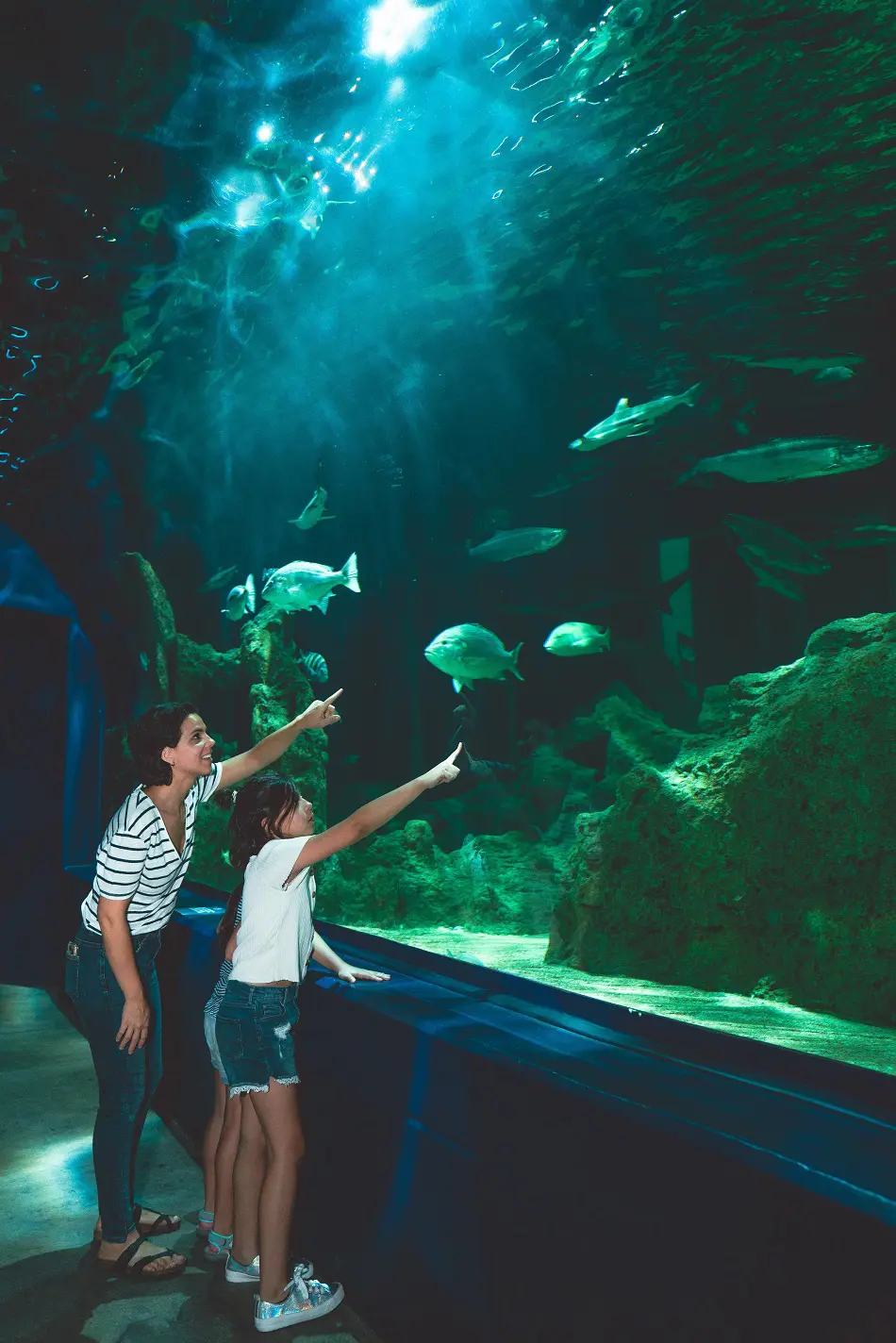
Choosing the right tankmates is very important in maintaining a peaceful freshwater crab aquarium that is also well-balanced. Freshwater crabs can be territorial or even very aggressive at times.
Hence, compatible companions will avoid potential conflict, and you won't have any problems regarding the good health of all the tank inmates. You can set up a peaceful and thriving community tank with a well-planned tank setup and proper companions.
Compatible Tank Mates
Peaceful Fish
Small, non-aggressive fish such as guppies, mollies, and neon tetras can be good tankmates for freshwater crabs. The fish are speedy and rapid; thus, the crabs can rarely catch them.
In addition, these fish schools are mainly in the upper and middle parts of the tank, which keeps them out of competition with the crabs. It is generally safe to keep these fish with the crabs because of their peaceful nature and small size.
Invertebrates
Snails and shrimp complement freshwater crabs very well, making the tank more interesting and diverse. Snails are cleaned up on algae and detritus, while shrimp are helpful for some tank maintenance and add action to the environment.
However, be aware that larger crabs may occasionally consume smaller shrimp, so choose species that won't be such easy prey or provide ample hiding places for these invertebrates.
Other Crabs
Although many crab species can be kept with other crabs, this is always a sensitive issue. The aquarium should be large enough to accommodate plenty of crabs and have a good amount of hiding places to reduce territorial fighting between them.
However, having a large tank with visible territories should be provided to avoid aggressive encounters between the different crabs.
Species That Should Be Avoided
Aggressive or Predatory Fish
Care should be taken to avoid putting freshwater crabs in the same tank as aggressive fish such as cichlids, large catfish, or even a betta. Such species are likely to view the crab either as food or competition and may well attack or harass it. Their predatory nature can prove quite dangerous to the crab, especially the smaller or less agile ones.
Small, Slow Moving Fish
Small fish, some species of bettas, and small goldfish are very easy victims for the crabs. The latter may regard them as food, which in most cases may mean predation or even injury. Species vulnerable or very slow should not be in the same tank.
Health and Common Issues

Although freshwater crabs can be hardy, without proper care they may develop health problems. However, shell erosion and damage caused by parasites as well as bacterial infections are quite common.
To prevent these problems, you need regular water changes, a healthy diet, and the ability to properly maintain your tank. New acquisitions need to be quarantined and not put straight in the tank.
Shell Erosion and Molting Issues
Mismanagement of water quality or in need of calcium shell erosion can also be another indicator. Monitor water conditions and adjust calcium supplementation accordingly
If these nutrients are not in the food or if a hermit crab is stressed, molting problems can arise. Make sure the water and tank environment is stable with no abrupt changes.
Parasites and Diseases
As with all livestock, crabs can be infected by parasites and diseases especially if they are brought into the tank without quarantine.
Sluggishness, unwillingness to eat, or visibility of the parasites are the symptoms of these, in such cases you need to isolate new crabs and treat them as they need.
Stress and Water Quality
Crabs are very sensitive to bad water and stress. Monitor Water Parameters and perform routine maintenance: Be sure to keep up with water changes weekly, and try not to crowd your tank so fish will be in a peaceful and happy environment.
Ensuring Long-Term Health
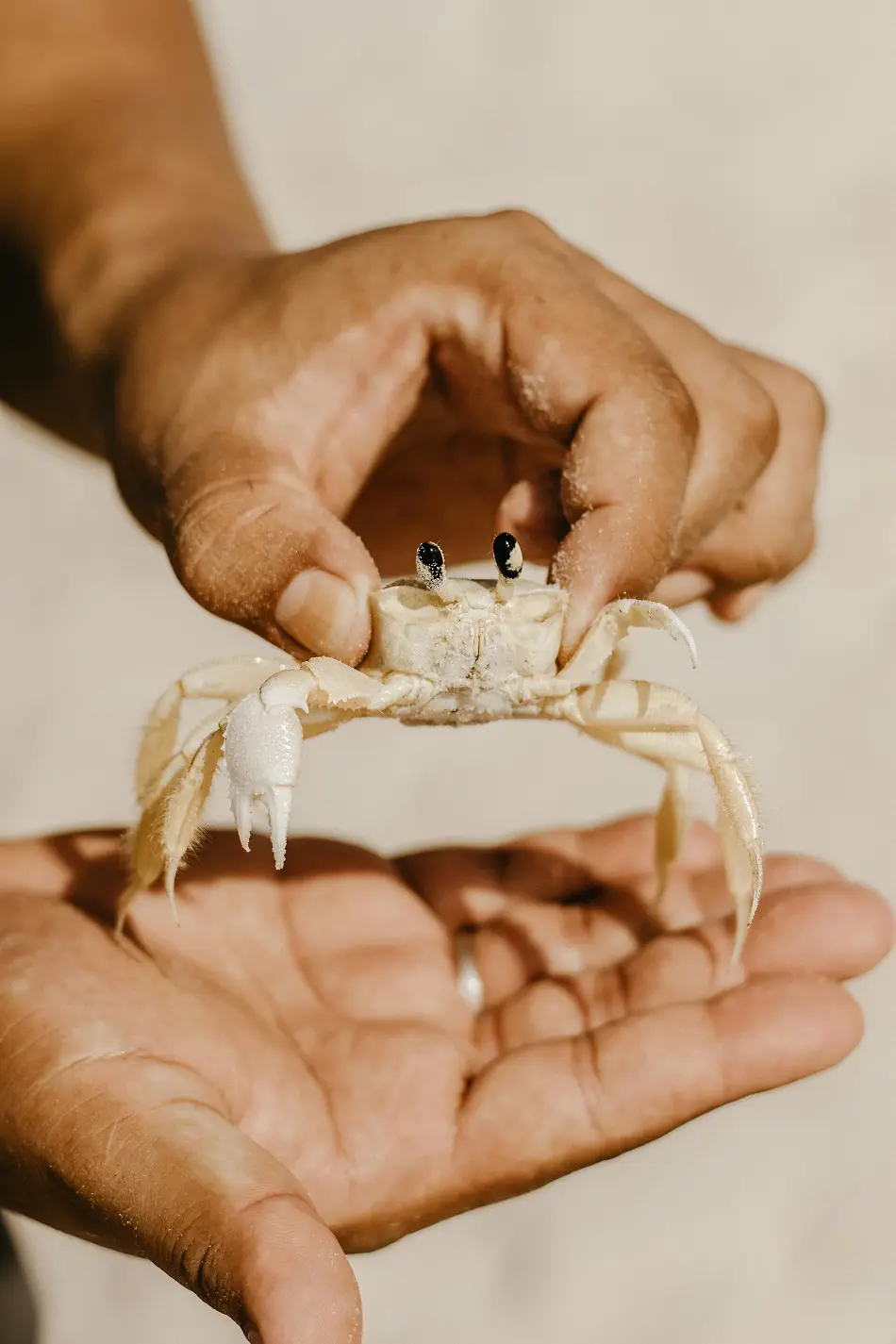
With good care practices of caring for the tank, inspecting them regularly, and feeding control diets you can have your freshwater crab as healthy and happy.,
Regular Maintenance
- Regular Water Changes: The ideal range is 10-20% every week to avoid the accumulation of toxins and maintain water quality. The substrate and tank equipment should also be cleaned regularly.
- Monitor Water Parameters: Continuously monitor pH, temperature, and hardness to make sure all of these properties remain in their ideal range for your crabs.
Monitoring Crab Health
- Observe: Monitor your crabs for behavior, appearance changes, shell erosion, etc. The earlier they can catch any issues the faster help you will be able to get.
- Health checks: Signs such as poor appetite, lethargy, or physical abnormalities may be suggestive of illness.
Diverse Diet
- Nutritious Diet: Mix commercial crab food with vegetables, as well as proteins to maintain the essentials of vitamins.
- Be Conscious of Overfeeding: Only feed a few small portions once or twice daily and remove any leftover food that remains after 1/2 hours, to maintain great water quality.
Controlling Algae in a Freshwater Crab Tank
Preventing or controlling algae in a tank is fairly simple and may include limiting light exposure, managing feeding times, and introducing the appropriate type of algae-eating species to tackle this tricky problem over here.
Managing Algae Growth
- Light Control: Limit light time to 8-10 hours a day so that algae cannot grow unchecked. One of those could be engaging deadly living area hordes responding to religious rituals and resetting the day/night cycles with a timer like that one.
- Avoid Overfeeding: Feed crabs properly as they consume only within a few hours and may overfeed. Overfeeding leads to decomposing food that adds to algae in the aquarium
Introducing Algae-Eaters
- Algae Eaters: Add Algae Eating Fish or Invertebrates (like Otocinclus catfish, small plecos) to help with algae issues. Make sure the species you choose is compatible with your crabs and will not be prey.
Manual Algae Removal
- Clean: Clean algae from tank walls and ornaments using an aquarium scraper or sponge gently so you do not spook or squish your crabs.
- Maintenance: Clean the substrate and filter regularly to keep algae levels down, as well as maintain general water quality.
Seasonal Care Considerations

Freshwater crabs are not immune to the changing seasons, as other aquatic animals experienced. Keep the tank temperature stable with heaters during the colder seasons, and make sure not to overheat it when water temperatures get high. Modify Feeding Schedules and Tests Water Quality as Seasons Change
Freshwater crabs are sensitive to seasonal changes. Sure, care will change seasonally but as long as you do your part to adjust their routine with the changing of seasons then there is no reason for them not to remain stable and healthy all year-round.
Temperature Control
Use a good quality heater to maintain the temperature of your tank stable in colder months. Crabs are stressed by sudden temperature drops, which can result in a sick crab.
Keep a watch on the tank as it may become hot in hotter months, for which you can use fans and a chiller can be done.
Seasonal Feeding Adjustments
In cooler temperatures, crabs will slow down and need less food. They usually end up overeating because the feed keeps coming. handle changing schedules so you are only fed several times a day
They will always need regular feeding in the winter and when it warms they may be especially active and require food more often.
Water Quality Management
Changes in the seasons may have impacts on water quality. Making water changeouts to replace the old and inhibit the rise of algae, especially in warm weather times. It is important it may cause more evaporation at the surface area so it always needs to make up raw fresh clean seawater.
Top Lists

